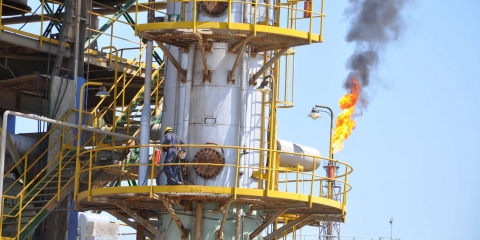Iraq’s Marsh Arabs test the waters as wetlands ruined by Saddam are reborn
The morning of 20 January 1992 began much like any other for the Mohammed family in the marshlands of southern Iraq. Rising at first light, they roused their herd of buffaloes and drove the beasts snorting and protesting into the surrounding wetlands to graze. After a quick breakfast of bread and yoghurt, washed down with […]Peter Schwartzstein writes for The Guardian:
The morning of 20 January 1992 began much like any other for the Mohammed family in the marshlands of southern Iraq. Rising at first light, they roused their herd of buffaloes and drove the beasts snorting and protesting into the surrounding wetlands to graze. After a quick breakfast of bread and yoghurt, washed down with sugary tea, they readied themselves for a long day out on the water.
But on that day, one of the coldest on record, five-year-old Hanaa and her mother caught no fish and gathered no reeds. No sooner had they paddled past the last of their neighbours’ floating reed houses than a squadron of government fighter jets emerged from the mist, guns blazing. They reduced the artificial islets to embers, and killed many of the buffaloes. Not content with shooting up a few villages as punishment for locals’ alleged harbouring of defeated Shia rebels, Saddam Hussein soon dispatched his engineers to divert the Tigris and Euphrates rivers away from the marshes. The effects were disastrous. By the turn of the last century, the Middle East’s largest wetlands had withered from a peak of 20,000 sq km to almost nothing.
However, in March this year, almost 25 years since she and her siblings were pushed off their land and into the slums of a nearby city, Hanaa and some of her former neighbours will be making a triumphant homecoming.





